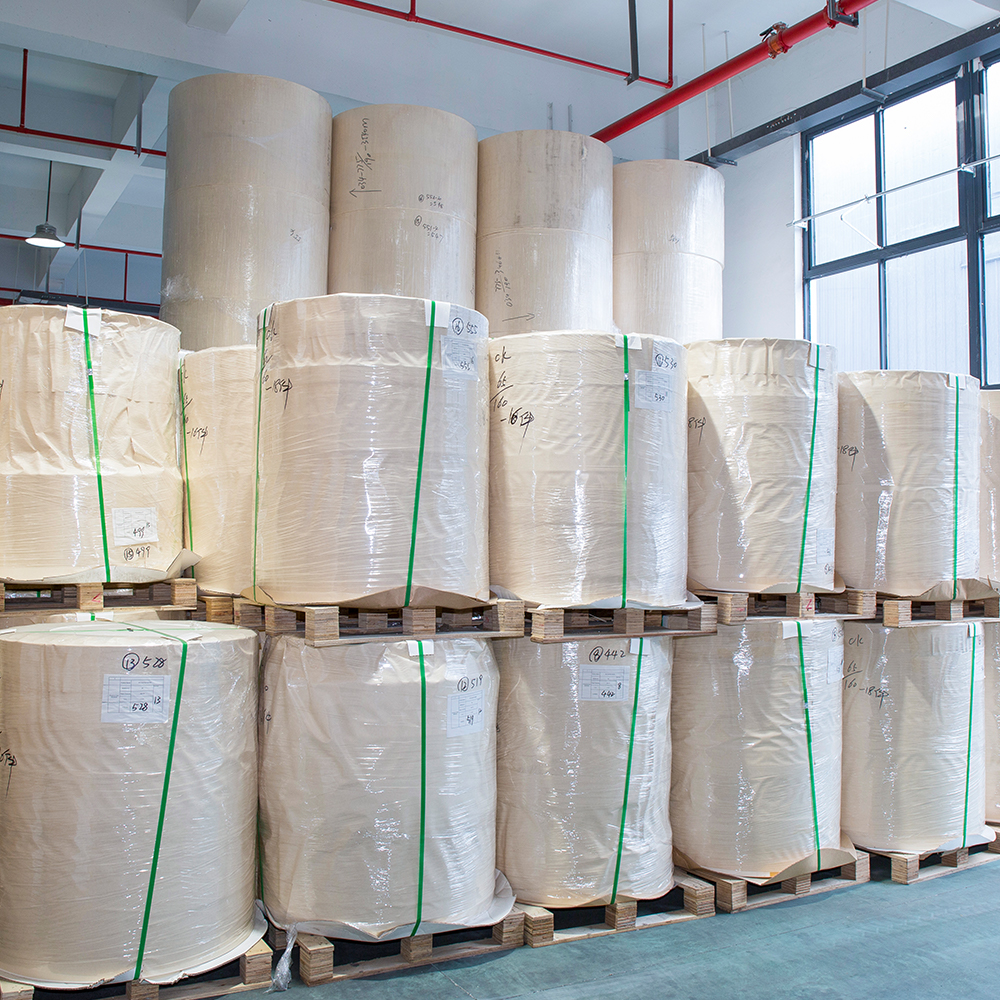The design of the bottom of the paper cup has an important impact on the functionality, stability and user experience of the entire paper cup.
The bottom of the paper cup is the key load-bearing part of the entire cup body, and its design directly affects the stability of the paper cup. A good bottom design can ensure that the paper cup remains stable when placed and avoids tipping or sliding. For example, a flat bottom design can increase the contact area and improve stability; while a slightly concave bottom design can enhance the pressure resistance by dispersing the pressure. In addition, the reinforcement treatment of the bottom edge (such as thickening or adding a ring structure) can also effectively improve the overall strength of the paper cup and prevent liquid leakage due to bottom deformation.
The bottom of the paper cup needs to bear the weight of the liquid in the cup and the pressure applied from the outside. Therefore, the selection of the bottom material and the thickness design are crucial. Usually, the bottom uses a multi-layer composite material, including a waterproof coating, a paper substrate and a reinforcement layer to ensure that it has sufficient load-bearing capacity and durability. If the bottom design is too thin or the material selection is inappropriate, it may cause the bottom of the cup to collapse or break, thus affecting the user experience.
The sealing of the bottom of the paper cup is an important guarantee to prevent liquid leakage. The bottom is usually sealed by heat sealing or gluing technology to ensure that the liquid does not overflow from the bottom. However, problems that may occur during the sealing process (such as uneven edges or coating peeling) will directly affect the use of paper cups. Therefore, the reliability of the sealing process needs to be fully considered during design, and the treatment of the bottom edge needs to be optimized to improve the leak-proof performance.
The design of the bottom of the paper cup will also affect the user's holding experience. For example, the shape and material of the bottom may determine the stability of the paper cup on the table or in the hand. For hot drink paper cups, the insulation design of the bottom is particularly important to reduce heat transfer and avoid scalding users. In addition, some high-end paper cups will add textures or decorative elements to the bottom, which not only enhances the visual beauty, but also increases friction to prevent the cup from slipping.

With the increase in environmental awareness, the design of the bottom of the paper cup also needs to consider the degradability and recyclability of the material. Although traditional plastic coatings can provide good waterproof performance, they are difficult to degrade and burden the environment. Therefore, more and more manufacturers have begun to use bio-based materials or degradable coatings to replace traditional plastics, which has increased the complexity of the bottom design to a certain extent, but also provided a new direction for the development of environmentally friendly paper cups.
The design of the bottom of the paper cup will also affect the production cost and efficiency. For example, a complex bottom structure may require more precise molds and higher manufacturing process requirements, which will increase the production cost. Therefore, it is necessary to balance functionality and economy in the design, and strive to reduce production costs while ensuring quality.
The design of the bottom of the paper cup is not only related to the basic function of the paper cup, but also has a profound impact on user experience, environmental performance and production efficiency. Through scientific and reasonable bottom design, the overall performance of the paper cup can be significantly improved to meet the use needs in different scenarios.













 English
English 中文简体
中文简体 عربى
عربى

